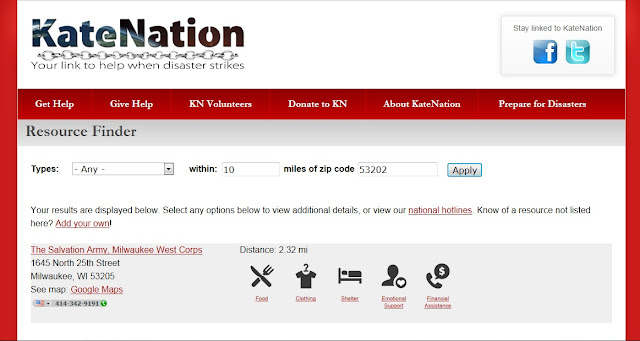According to weather.com, yesterday’s temperature reached 97 but it felt like 103. To me, it just felt hot. My flowers are wilting, my grass stopped growing, and my garden needs to be watered nightly. Over the years I have learned that the heat is just part of the joy of living in Arlington, but this week, I am not alone. Much of the country is facing record temperatures and uncomfortable heat.
As you brave the weather in the days ahead, please be sure to keep yourself safe. Dehydration, heat stroke, and hyperthermia are very real threats. One of the first steps to protection is to stay hydrated. Carry a water bottle with you and sip on decaffeinated drinks throughout the day. Drink more fluids even if you are not exercising; increasing your liquid intake will help you stay hydrated.
If possible, spend time throughout the day in air conditioning. If you do not have air conditioning try spending some time at an air conditioned public place like the mall or the library. At home, you can also cool down by taking a tepid bath or shower. For a quick, temporary fix, keep a spray bottle in the refrigerator and spray your wrists, face, and feet from time to time.
When you must venture outside, dress for the weather. The clothing you wear can impact your health and comfort. The general hot weather dressing rule is to wear loose fitting clothing that is a light color. Remember, dark colors absorb heat. You should also keep your head cool by wearing a wide brimmed hat or carrying an umbrella. Most importantly, do not forget the sunscreen. You should wear at least an SPF 30 and use a generous amount of lotion. Remember that each time you apply sunscreen you should use enough lotion to fill a shot glass! For more information on how to apply sunscreen, visit the American Academy of Dermatology. If you have tasks to do outside, tackle them in the early morning or the evening hours when the temperature is cooler. If your job requires that you work outside, this is the time of the year when it pays to take extra precaution. When possible, work in the shade and take plenty of breaks throughout the day. As mentioned above, drink lots of fluids, dress comfortably, and wear sunscreen. If you start to feel dizzy or have cramps, stop what you are doing, take a break and let your coworkers know how you are feeling.
When the temperatures are high, it is not only important to take care of yourself, spend a little time thinking about your pets too. Like humans, animals can be affected by the heat. Make sure your pets have a cool place to rest and plenty of fresh water. When the temperature is high, never leave your pets (or CHILDREN) in an enclosed vehicle.
I hope these tips will help you to thrive in the days and the weeks ahead.
Written by Kate Schweigart






